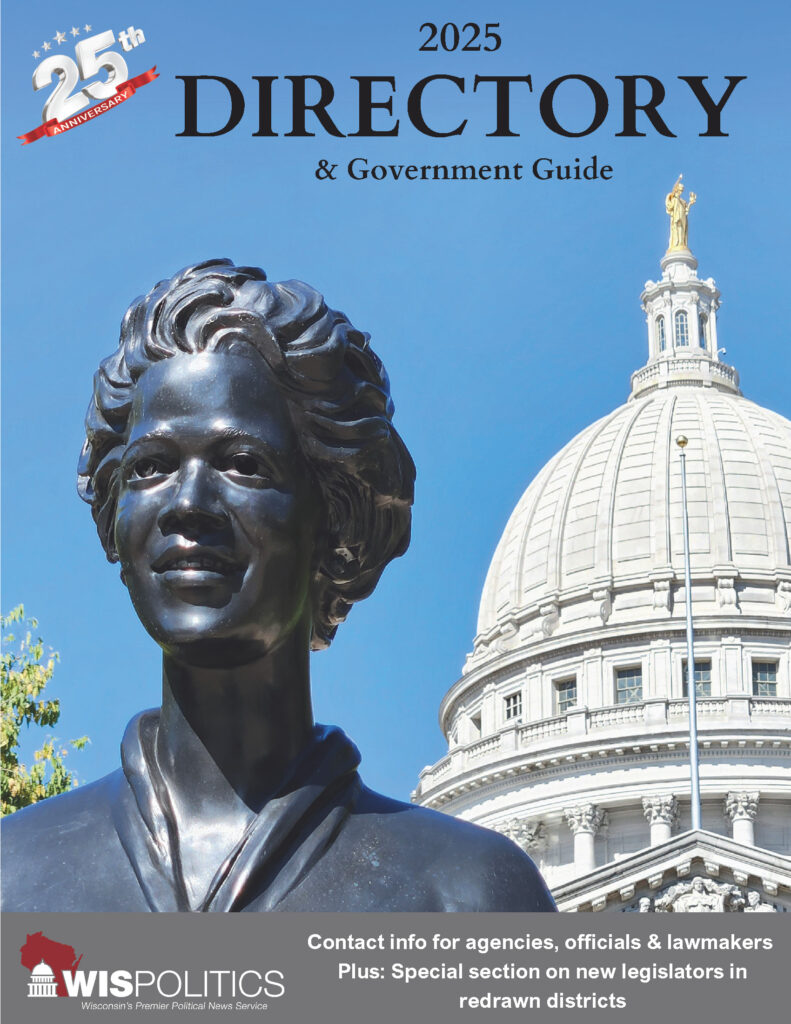Data story, map highlight how out-of-school time opportunities boost student success across Wisconsin
MADISON —The Wisconsin Department of Public Instruction has launched a new interactive resource that highlights the significant impact of community learning centers across the state. The tool illustrates how these programs support student success beyond the ...
Please log in to access subscriber content.
If you don't have a subscription, please contact schmies@wispolitics.com for subscription options on the WisPolitics-State Affairs platform, which is the new home for WisPolitics subscriber products.


